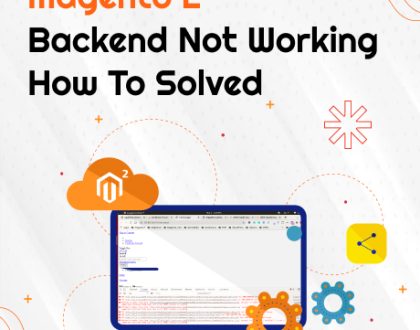
Overview of the Magento 2 CLI
The Command Line Interface (CLI) to Magento 2 offers a practical method of managing your Magento shop. The CLI tool is located in your Magento installation’s `bin` directory and is run using the `bin/Magento` command. It may be used for many tasks, such as retaining caching, indexing, deploying static content, setting up the store, and more.
Requirements
1. Command Line Access:
The server on which Magento 2 is installed needs SSH access.
2. Ownership of the Magento File System:
To execute commands, make sure you have appropriate permissions.
Magento Configuration & Setup
Step 1: Installing Magento 2
confirm that isn’t an `app/etc/env.php` file before running the installation command. Rename it or disable it if it does.
bin/magento setup:install \ --base-url=http://your-domain.com \ --db-host=localhost \ --db-name=magento \ --db-user=magento_user \ --db-password=magento_password \ --admin-firstname=Admin \ --admin-lastname=User \ --admin-email=admin@example.com \ --admin-user=admin \ --admin-password=admin123 \ --language=en_US \ --currency=USD \ --timezone=America/Chicago \ --use-rewrites=1
Step 2: Configuration Management:
1. Show Current Configuration:
bin/magento config:show
2. Set Configuration Value:
bin/magento config:set web/secure/use_in_frontend 1
3. Get Configuration Value:
bin/magento config:get web/secure/use_in_frontend
Store Management
Step 1: Store Management:
1. Create a New Store View:
bin/magento store:view:create --code=new_view --name="New Store View" -- store=default --locale=en_US
2. List All Stores:
bin/magento store:list
Step 2: Currency Management:
1. Set Currency:
bin/magento currency:setup --default-currency=USD --allowed-currencies=USD,EUR --base-currency=USD
Customer Management
Step 1: Customer Management
1. Create a Customer:
bin/magento customer:create --email='customer@example.com' --firstname='First' --lastname='Last' --password='password123'
2. List Customers:
bin/magento customer:list
Product Management
Step 1: Product Management:
1. Create a Simple Product:
bin/magento catalog:product:create --type=simple --attribute-set='Default' --sku='simple-product' --name='Simple Product' --price=10.00 --qty=100 --visibility=4 --status=1
2. List Products:
bin/magento catalog:product:list
Advanced Management
Step 1: Database Management:
1. Backup Database:
bin/magento setup:backup --db
2. Rollback Database:
bin/magento setup:rollback --db-file=path/to/backup
Step 2: Logging and Troubleshooting:
1. View Log Files:
tail -f var/log/system.log
2. Enable Debug Mode:
bin/magento deploy:mode:set developer
Performance Optimization
Step 1: Cache and Indexing:
1. Enable/Disable Cache Types:
bin/magento cache:enable bin/magento cache:disable
2. Check Cache Status:
bin/magento cache:status
3. Reindex Individual Indexer:
bin/magento indexer:reindex catalog_product_price
Step 2: Static Content Deployment:
1. Deploy Static Content for Specific Language:
bin/magento setup:static-content:deploy en_US
2. Deploy Static Content for Multiple Languages:
bin/magento setup:static-content:deploy en_US en_GB
Maintenance and Security
Step 1: Maintenance Mode:
1. Whitelist IP Addresses for Maintenance Mode:
bin/magento maintenance:allow-ips 192.168.1.10,192.168.1.11
Step 2: Security Scan:
1. Run Magento Security Scan:
Magento does not have a built-in CLI command for security scans, but you can integrate external tools or use the Magento Security Scan tool available through the Magento Marketplace.
Magento 2’s CLI commands provide powerful and flexible options for managing various aspects of your Magento store. Whether you’re installing Magento, configuring your store, managing customers and products, or performing maintenance tasks, the CLI commands can significantly streamline your workflow.
Recommended Posts

Top Most Useful CMS Tools For Creating Websites
September 12, 2024

How To Achieve Over 100% Speed Improvement In Magento 2
August 6, 2024

Magento 2 Backend Not Working How To Solved?
July 13, 2024

